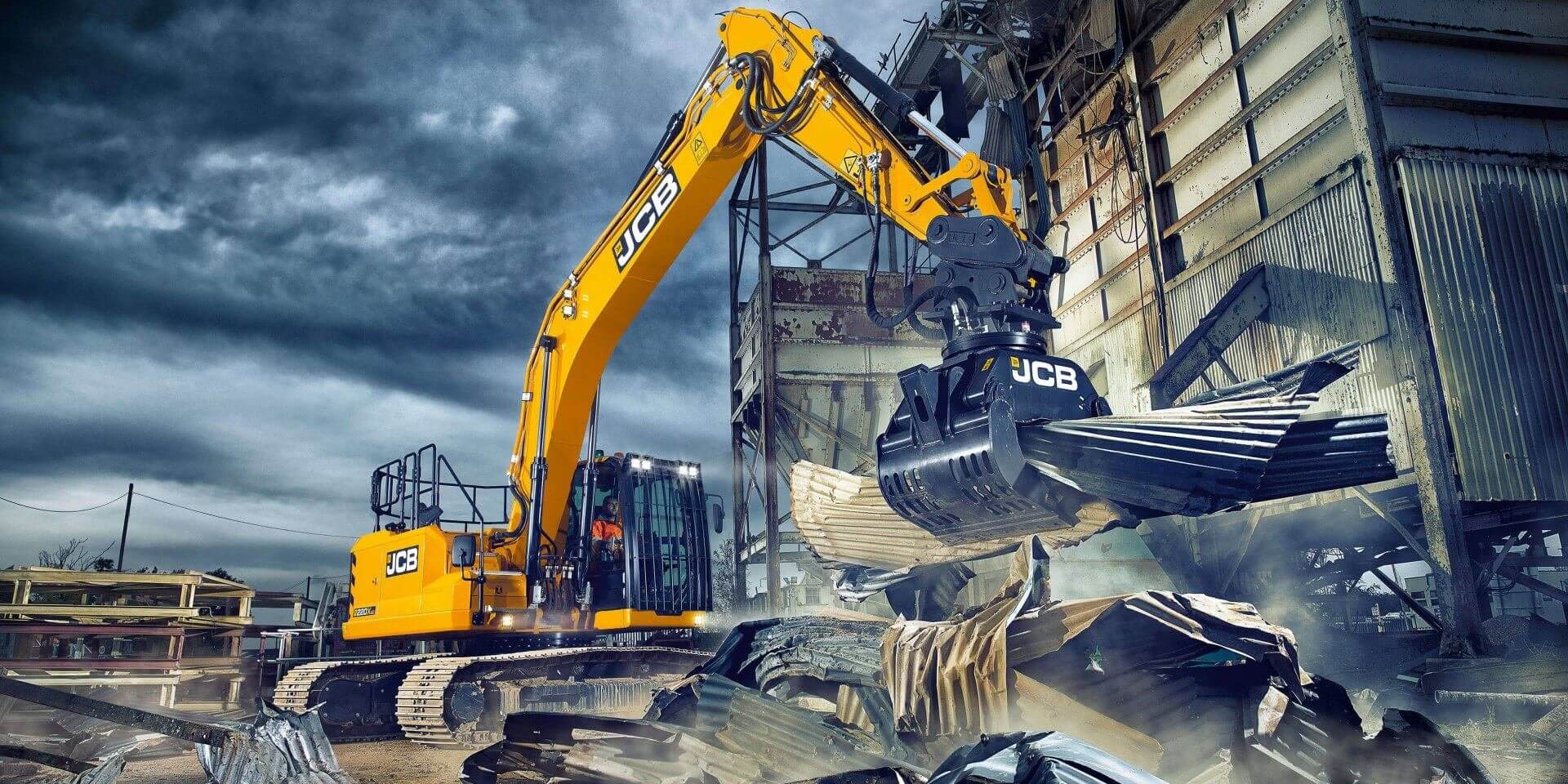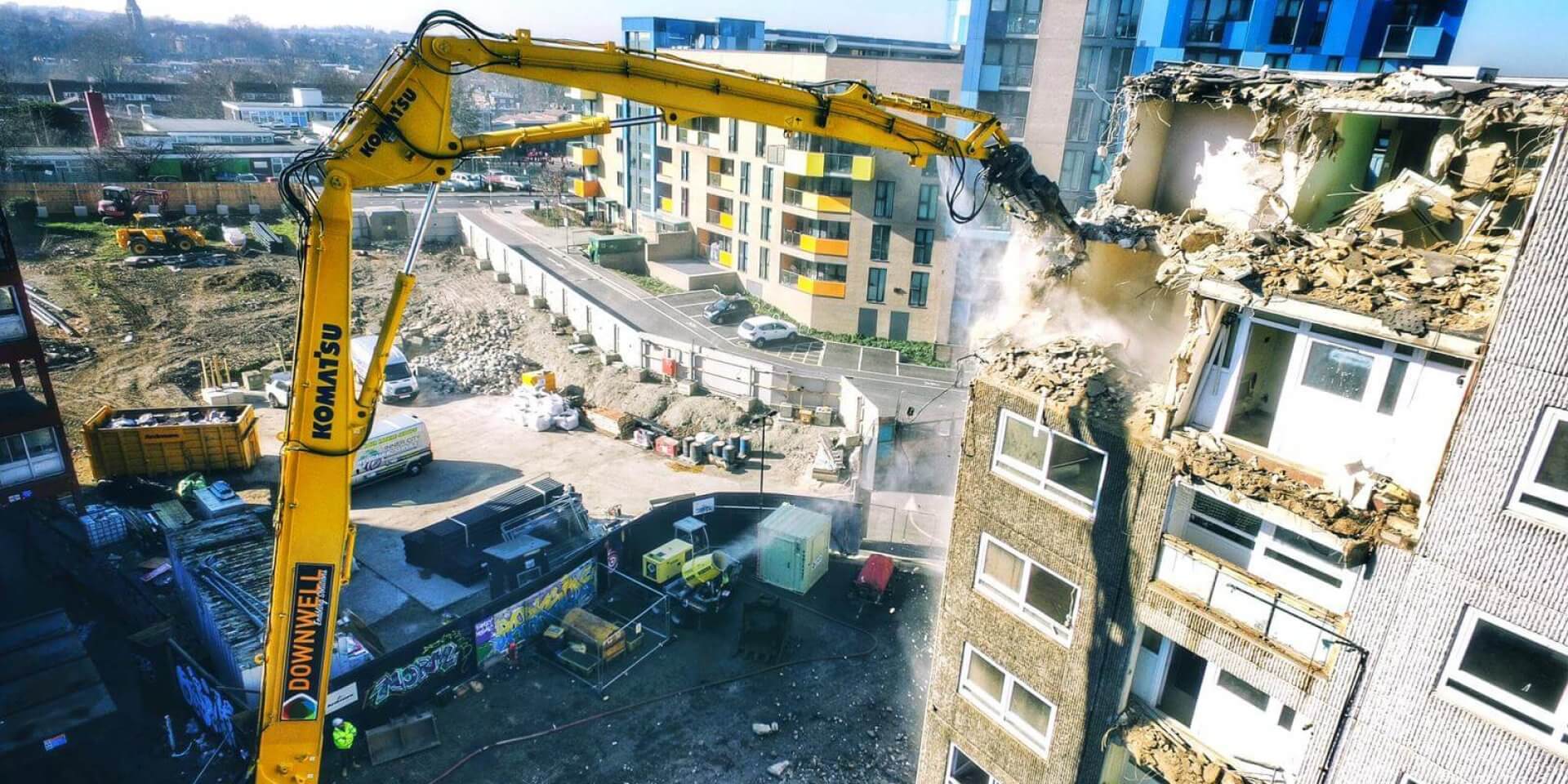The dust has settled on a collapse that killed six. Now the blame game begins.
For weeks, people working nearby had watched with growing concern as a crew took down the vacant four-story building next to a Salvation Army thrift store.
A roofer atop another building didn’t think the operation looked safe. A pair of window washers across the street spotted an unbraced, 30-foot section of wall and predicted among themselves the whole building would simply fall down.
On Wednesday, that’s what happened. The unstable shell of a building collapsed into a massive heap of bricks and splintered wood, taking part of the thrift store with it.
Witnesses said they heard a loud rumbling sound immediately before the collapse.
Officials said the demolition contractor was Griffin Campbell Construction in Philadelphia. A woman who answered the door Thursday afternoon at Campbell’s home in North Philadelphia said he was not there but added he was “devastated” by what happened.
As a bulldozer began to clear away the debris of a collapsed building that killed six people, city officials said a search for the dead and injured was nearly complete and an investigation had already begun to determine how a relatively commonplace demolition job could have gone so wrong.
Fire Commissioner Lloyd Ayers said crews still needed to search about 20 percent of the site of the collapse, including the back of a thrift store onto which the vacant four-story building collapsed while being demolished. The search effort was expected to last through the afternoon.
Officials from the US Department of Labor and Occupational Safety and Health Administration were at the scene.
“Buildings get demolished all the time in the city of Philadelphia with active buildings right next to them … they’re done safely in this city all the time,” Mayor Michael Nutter said at a news conference.
“Something obviously went wrong here yesterday, and possibly in the days leading up to it. That’s what the investigation is for.”
Read more here, or view the video below:
View more videos at: http://nbcphiladelphia.com.







 I have been visiting the ever-expanding JCB World Headquarters for almost a quarter of a Century now, and – due to a mix of professional curiosity and unspoken patriotism – it remains one of my favourite working destinations. So when I received an invitation to the company’s newly-opened Innovation Centre, I actually got to experience the Golden Ticket moment from Charlie and the Chocolate Factory.
I have been visiting the ever-expanding JCB World Headquarters for almost a quarter of a Century now, and – due to a mix of professional curiosity and unspoken patriotism – it remains one of my favourite working destinations. So when I received an invitation to the company’s newly-opened Innovation Centre, I actually got to experience the Golden Ticket moment from Charlie and the Chocolate Factory.
